A minor adjustment that required a bit of effort.
I use screened bottom boards for my beehives. It’s a mite control measure; when the mites fall off the bees, they fall through the screen and can’t climb back into the hive.
My surviving hive had very few mites when I bundled it up for the winter. My other two hives — both now dead — had more than average mites. Coincidence? I don’t think so. It’s in my best interest to minimize the mite population in my hives and I’d like to do that as much as possible without resorting to chemical solutions.
I bought one screened bottom board — also called a varroa trap — from Mann Lake. I like it a lot, but it wasn’t exactly cheap: $28.95. Buying one of these for each of my hives would get costly quickly.
Fortunately, my friend Jim builds his own hive equipment. He built a screened bottom board. It was simpler — it didn’t have the fancy drawer that I really didn’t need — and I couldn’t beat the price: $15. I bought two.
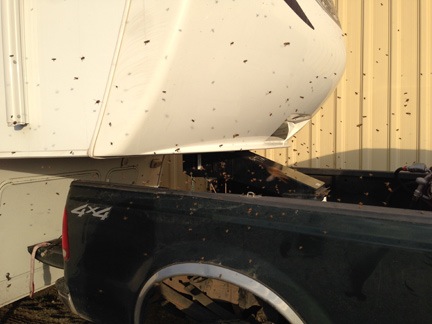
It’s important to keep the bees inside the hive while transporting them.
Trouble is, Jim built his bottom boards using 1/4 inch screen. That means the wires of the screen are 1/4 inch apart. While this will keep mice out of the hive — as it kept mice out of my RV when I used the same stuff there — it doesn’t prevent the bees from getting out of the bottom of the hive. This turned out to be very important on my trip south when the bees, feeling the warmth of California’s spring, decided to go flying while I was driving. I don’t know how many bees I lost in transit, but I do know that there were hundreds of them flying around my truck when I parked.
I put the hive in its temporary apiary. I soon discovered that the bees were regularly using the bottom screen to enter and exit the hive. This would not do. I wanted my bees to use the doors I provided — namely the front door. This would be easier for the bees to protect from robbers, too. Clearly, I had to make a change.
Fortunately (or, in reality, unfortunately), the hive that the Mann Lake bottom board had been sitting on was dead. Yesterday, while inspecting the hive, I swapped out the bottoms.
But I still had two bottoms with 1/4 inch screen when they should have 1/8 inch screen.
The solution was simple. I’d disassemble the two bottoms and replace the existing screen with more screen.
I needed a few things:
- 1/8 inch screen. I bought 6 square feet of the stuff.
- A small pry bar to pry off the wood strips holding the screen in place.
- A cutting tool that would cut through the screen. I already had one, but I’d left it home when I traveled south.
- 1-1/2 inch wire nails. I’d need to reattach the wood strips.
Fortunately, I already had a hammer in the RV toolkit.
The job went surprisingly quickly. The small pry bar I’d bought easily fit in the crack between the wood strips and the main piece of the hive bottom. Jim had used thin wire nails, probably from a nail gun. On one bottom, the nails stayed in the strips and I could reuse most of them; on the other, the nails stayed in the bottoms and I had to remove them with the claw end of my hammer.

Here’s the second of the two bottoms I disassembled. I’d painted this one before use.
Once the wood strips were out, I had to use the pry bar to separate the screen from the main part of the bottom. Jim had used U-shaped tacks for this. As I pried, the screen broke, leaving most of the tacks behind. But I was able to salvage about 10 of them — this turned out to be a good thing because I hadn’t bought any.
I cut pieces of screen and laid it into place. Then I replaced the wood strips, nailing them down firmly. There was enough screen overhang that I know the nails caught the screen. But because there was nothing holding the front of the screen in place at the entrance, I used the salvaged tacks.

Here’s the completed screened bottom with the new screen in place. The holes are half as wide so I’m sure they’ll keep the bees from getting through while allowing the mites to fall through to the ground.
It took me about an hour, working out in the sunshine of a very nice day with just a bit of wind. My truck tailgate made a good work surface, although I did use the pavement nearby as a base when it came time to use the hammer.
I now have all the parts I need to build another two hives. All I need are the bees.
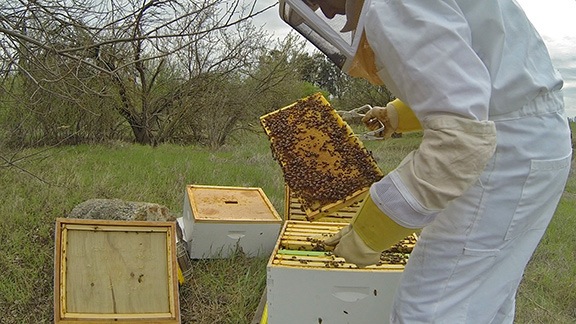
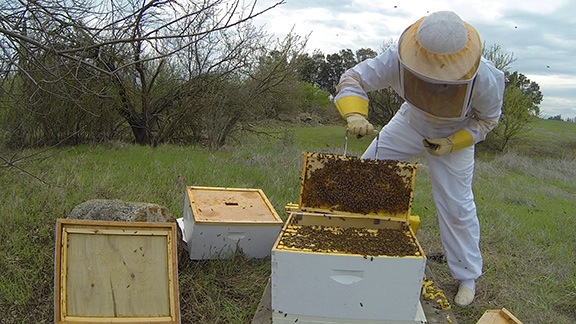
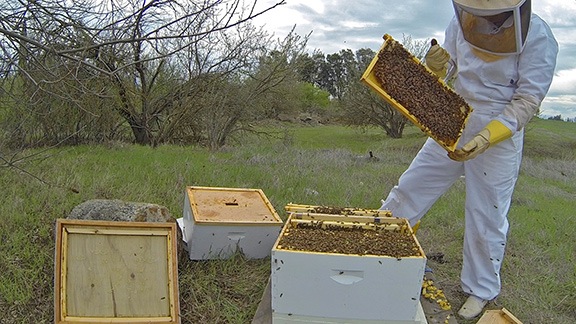

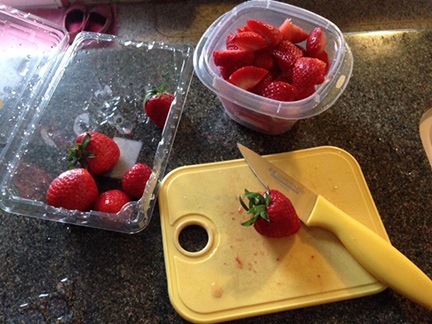 This morning, as I cut up some fresh, ripe California strawberries for breakfast, I found myself thinking back to April days in the late 1980s.
This morning, as I cut up some fresh, ripe California strawberries for breakfast, I found myself thinking back to April days in the late 1980s. The FAA, which, like most government agencies, operates so slowly it often seems as if it’s moving backwards, finally woke up and published an update on its website that clears up any “myths” surrounding the use of unmanned aircraft or UAS. Titled “
The FAA, which, like most government agencies, operates so slowly it often seems as if it’s moving backwards, finally woke up and published an update on its website that clears up any “myths” surrounding the use of unmanned aircraft or UAS. Titled “